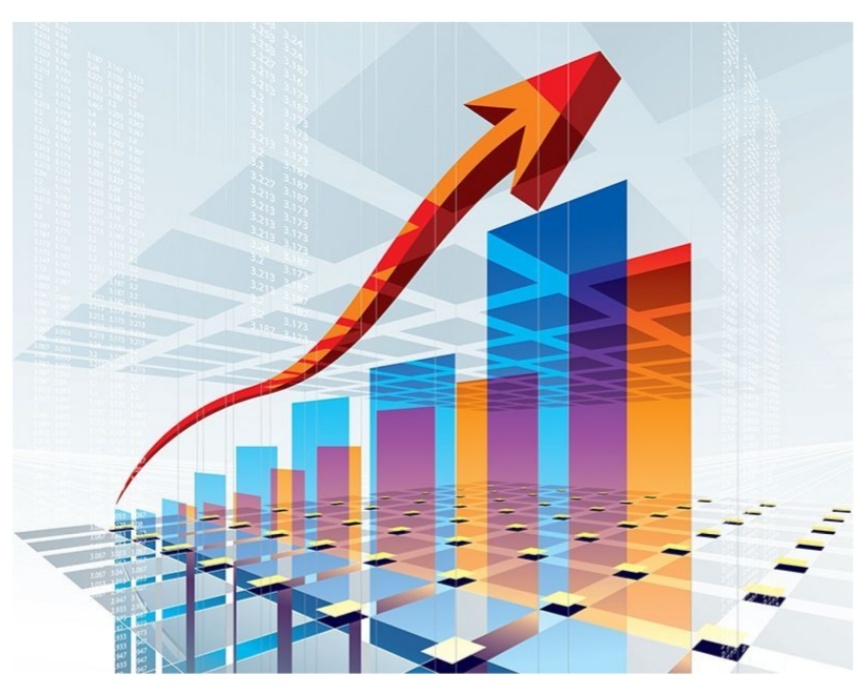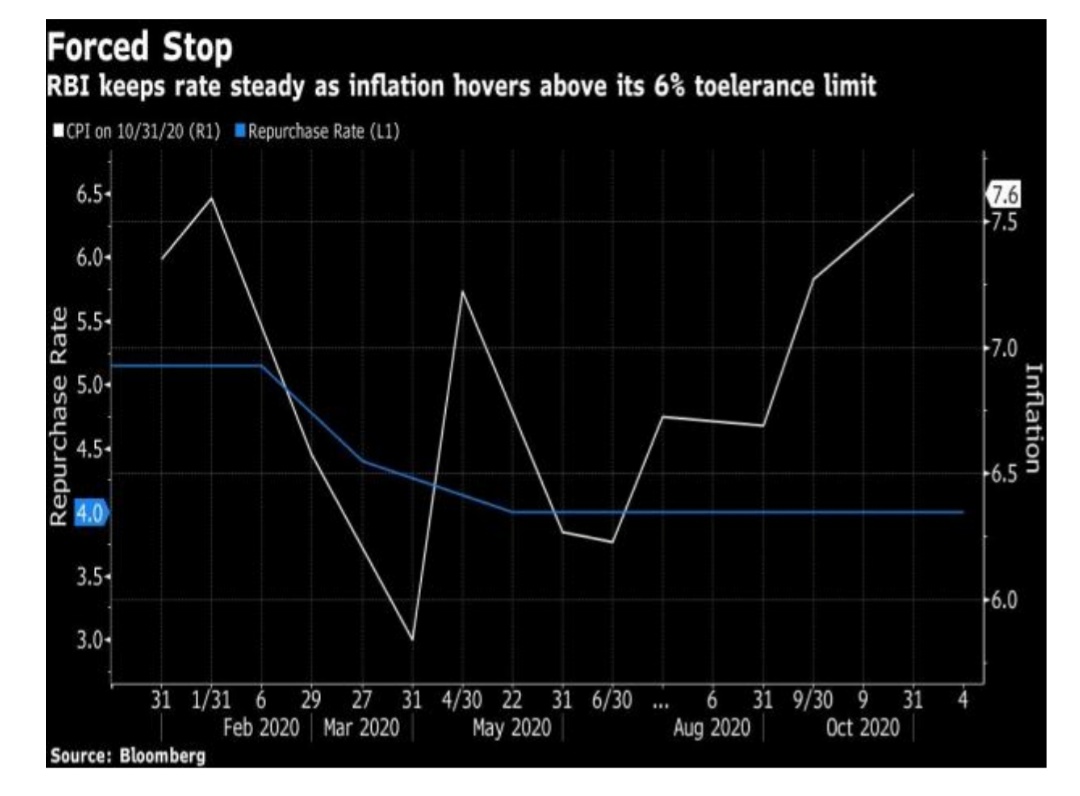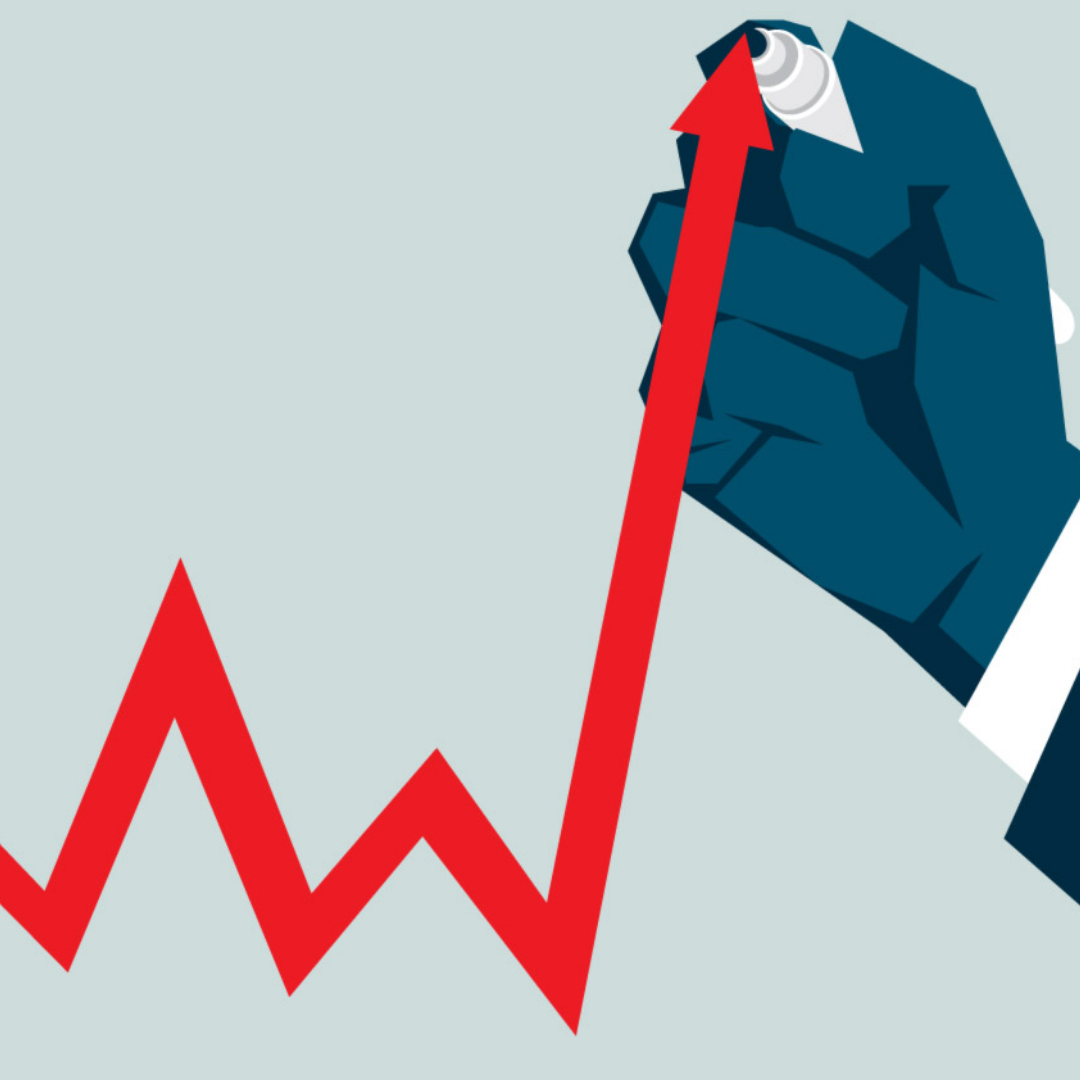In Economics, the concepts of growth and development are two different ideas. They are unquestionably related. However, they don’t mean the same thing. When one wants to know the change in the quality of life of the citizens of a country, then looking at the economic development is ideal. But when one wants to understand the changes in the production of goods and services, known as national output, the best indicator would be looking at economic growth.
There are several strong indicators of economic growth, which consist of an increase in wage rates, employment levels, interest rates, industrial production but most importantly, the stability in inflation. For a country to be on track for economic growth, it needs to have a consistent inflation rate of not more than 2-3%. Worst-case scenario, if the inflation rate is too high, consumers will have less disposable income or the income that remains after paying all the taxes. Finally, this would lead to a fall in the spending of the consumer, which will very easily lead to hindrance in the growth of GDP.

The central bank of India, the Reserve Bank of India, or RBI, the target for its retail inflation rates are due for review once its validity expires sometime early next year. The government of India has been considering a more relaxed inflation target for the central bank so that there is more focus on economic growth. The range shall steer away from the current rates of 2%-6%. This range was set in 2016 where it was specified to keep inflation at a specified 4% with two points above or below it. The government still needs to hold consultations with the central bank before finalizing a framework.The Finance Ministry thinks the RBI cannot be chained to a rigid inflation framework when the need of the hour is to push for economic growth.

Several economists like Bloomberg Economics’ Abhishek Gupta have argued that in the past, the inflation measure used was extremely volatile. He also suggested that the central bank should target core prices, which strips out oil and food costs since food carries nearly 50% weight in the Consumer Price Index basket.

RBI Governor, Shaktikanta Das on Friday said that the final call depends on what the government and the Parliament choose to do and the measure to target rests with them. However, he doesn’t see a situation where they will deviate from tracking the CPI.
This is not the first time the central bank, the RBI, has faced flack for inflation rates. It has previously faced criticism for largely overstating inflation, forecasts that were then used to underpin the MPC’s hawkish policy stance in 2018. Currently, a spike in inflation has forced the central bank to interest-rate cuts despite the economy needing more stimulus after entering a deep, unexpected recession.
Written By: Annapurna Pillutla




